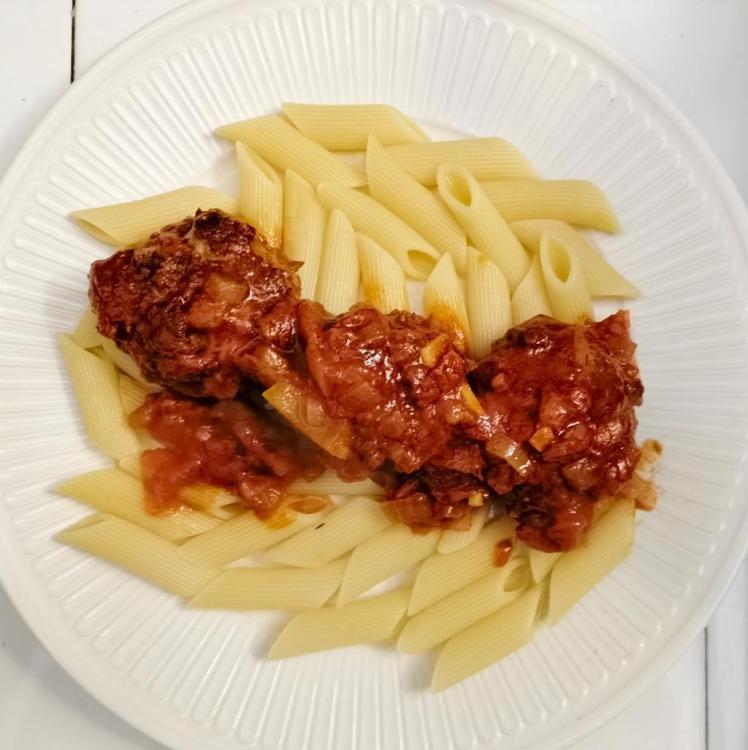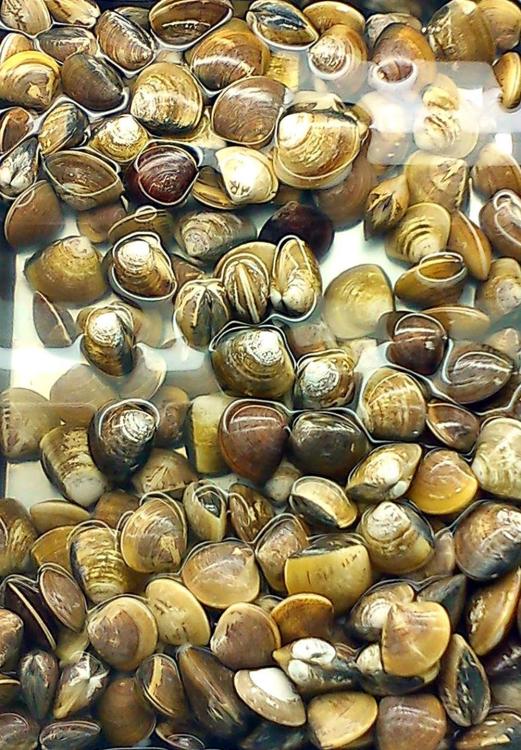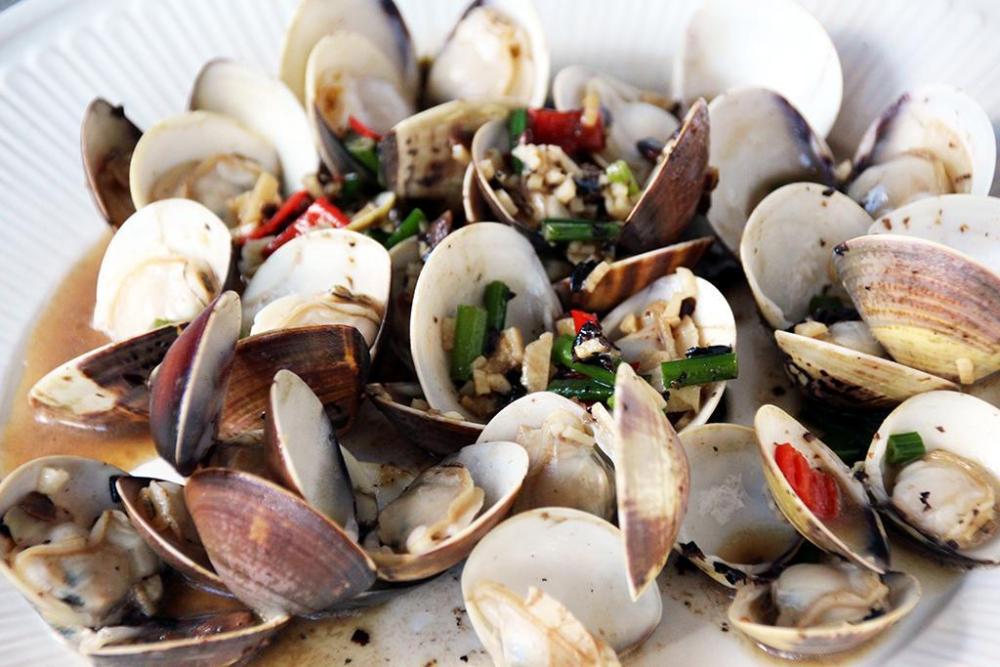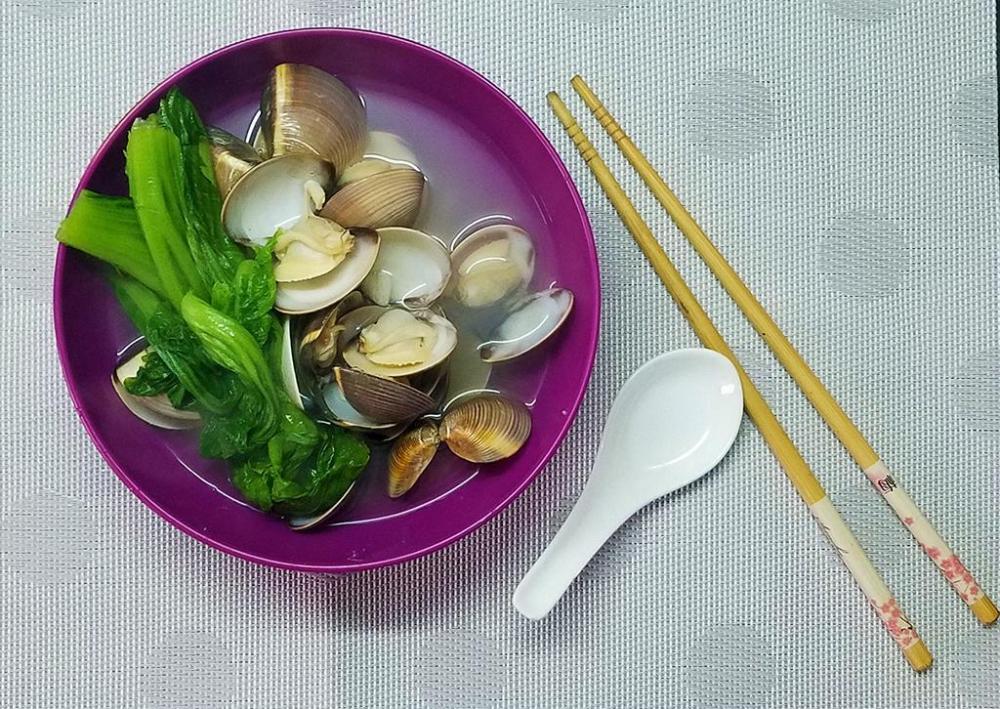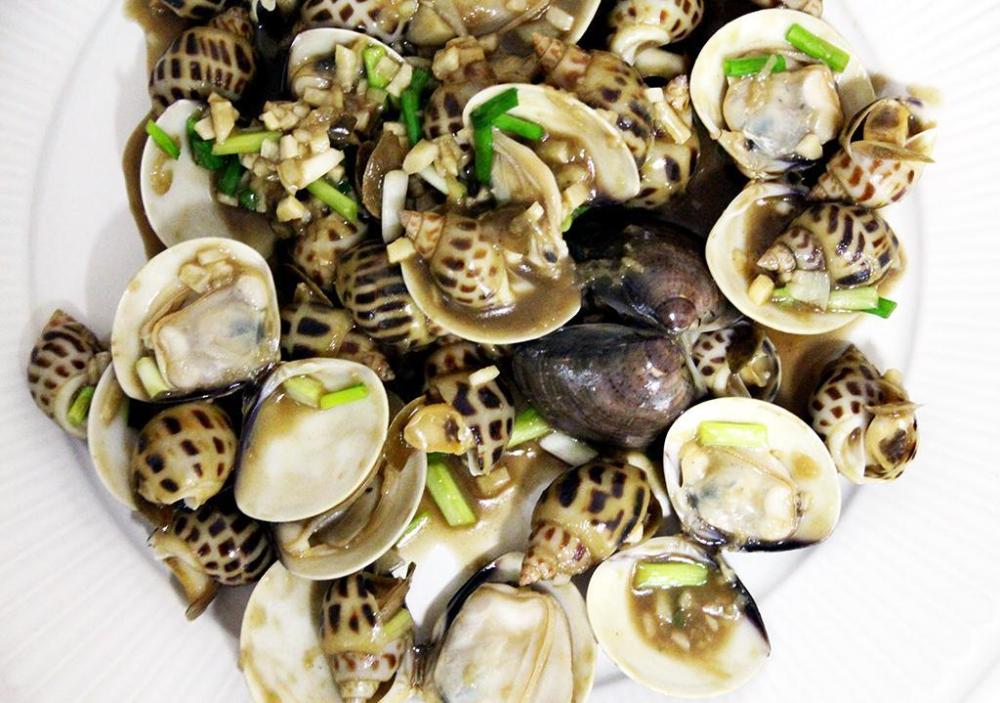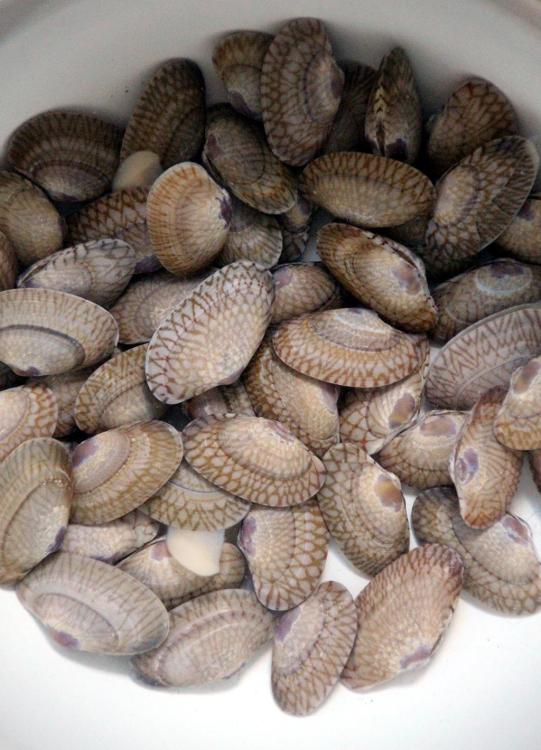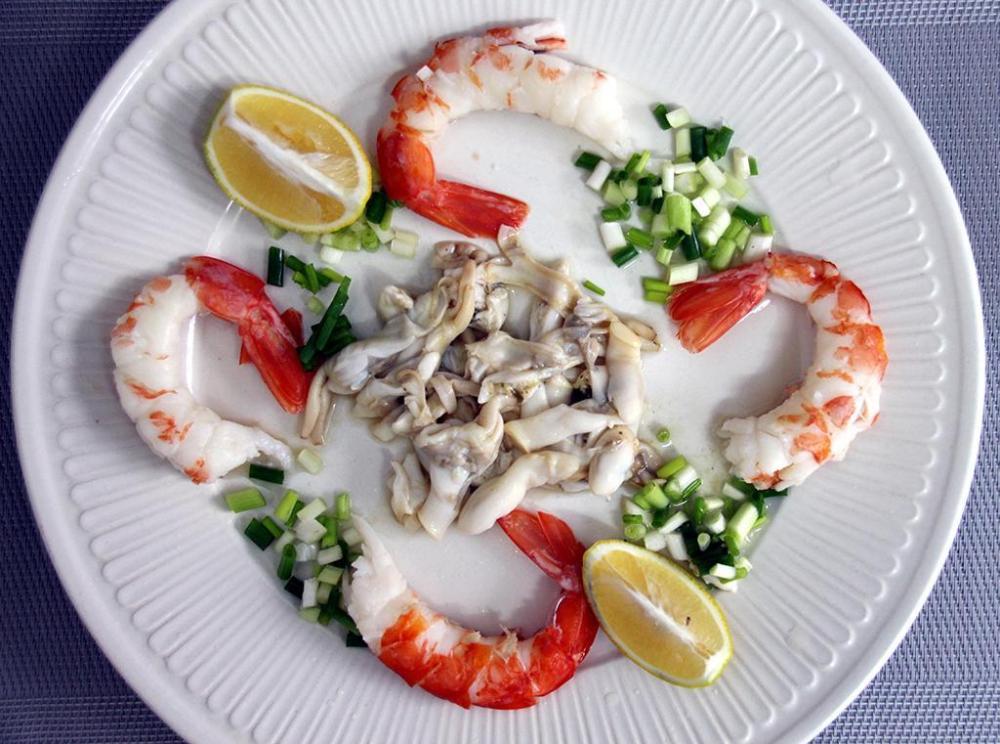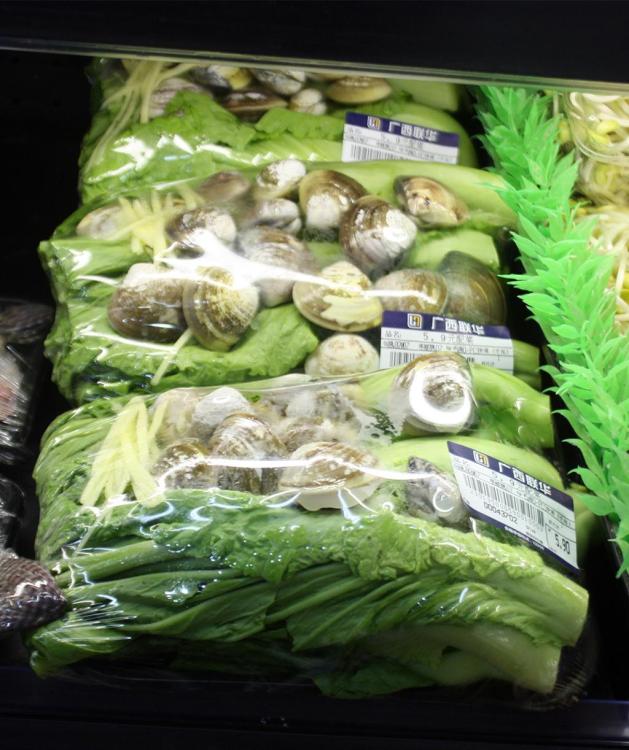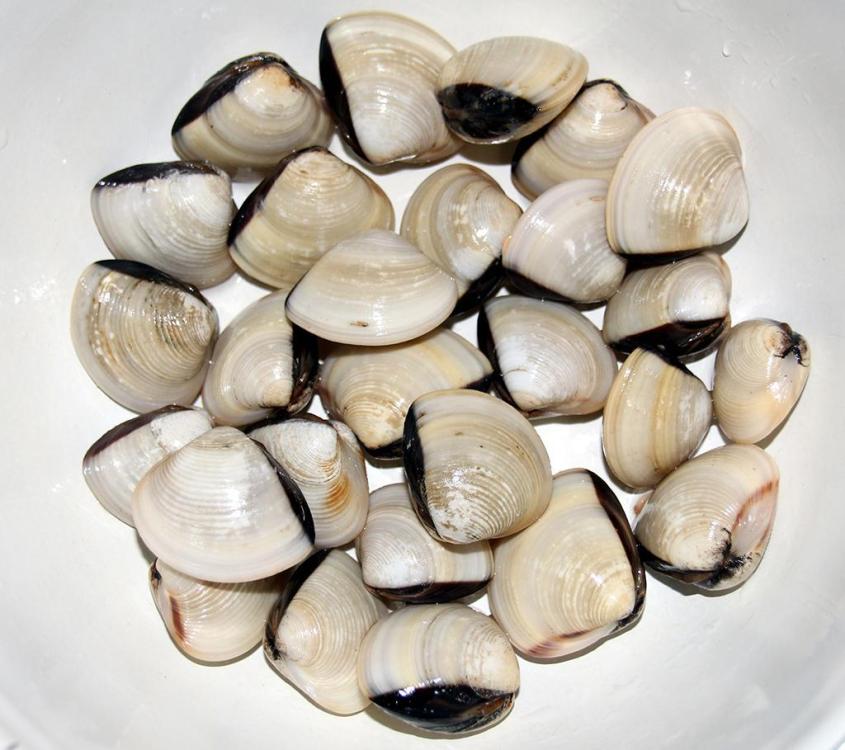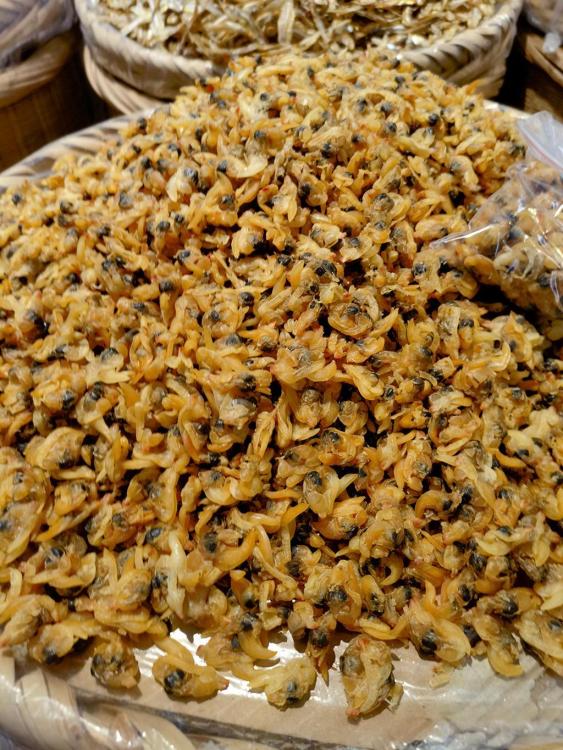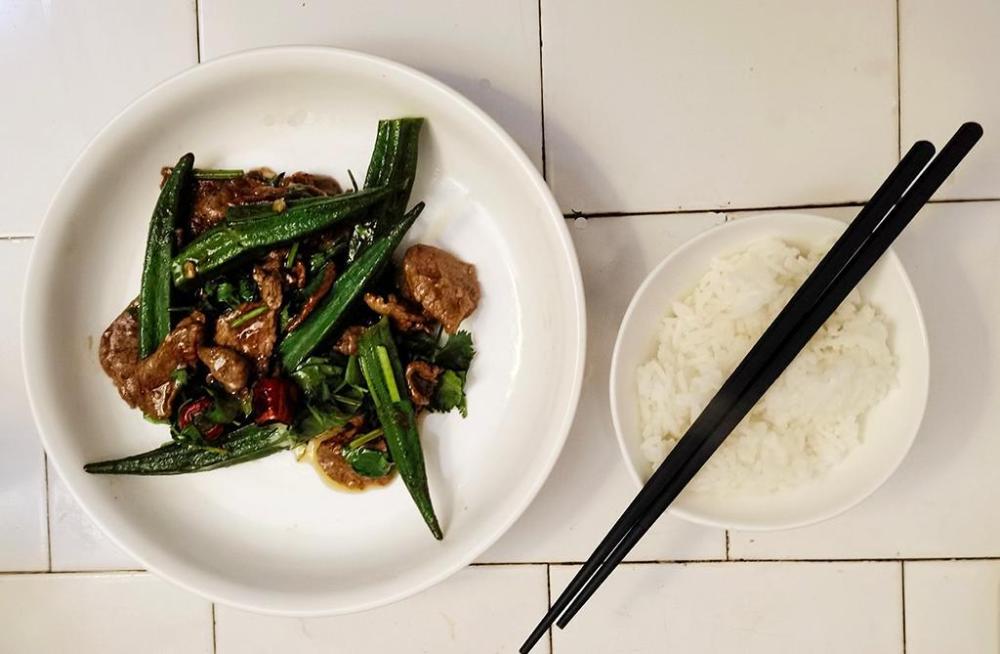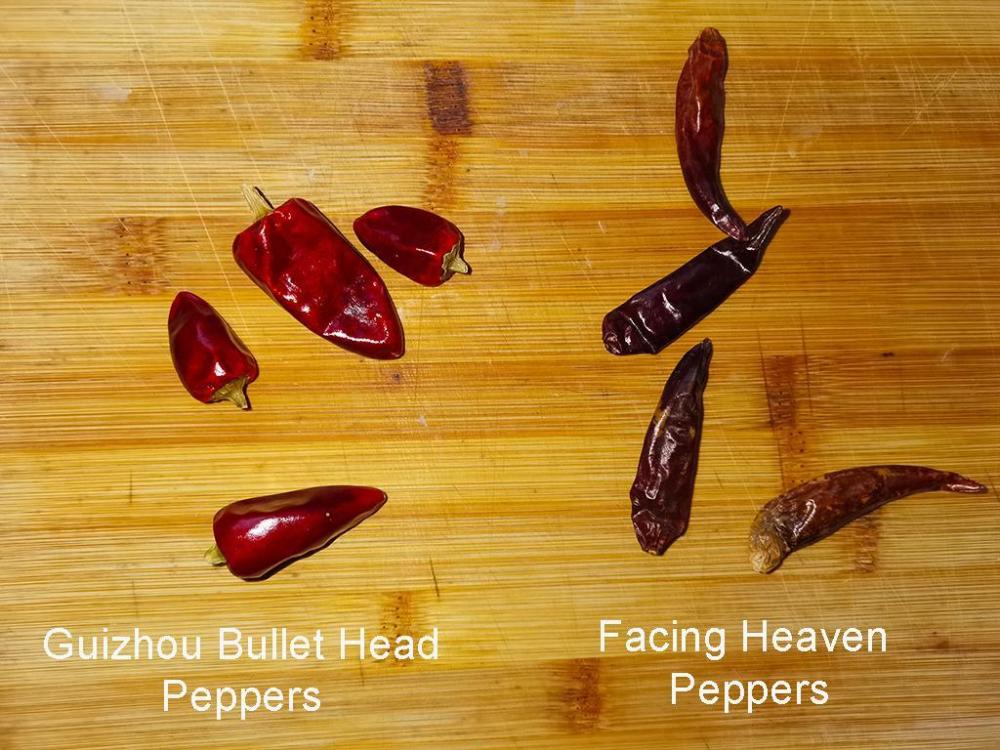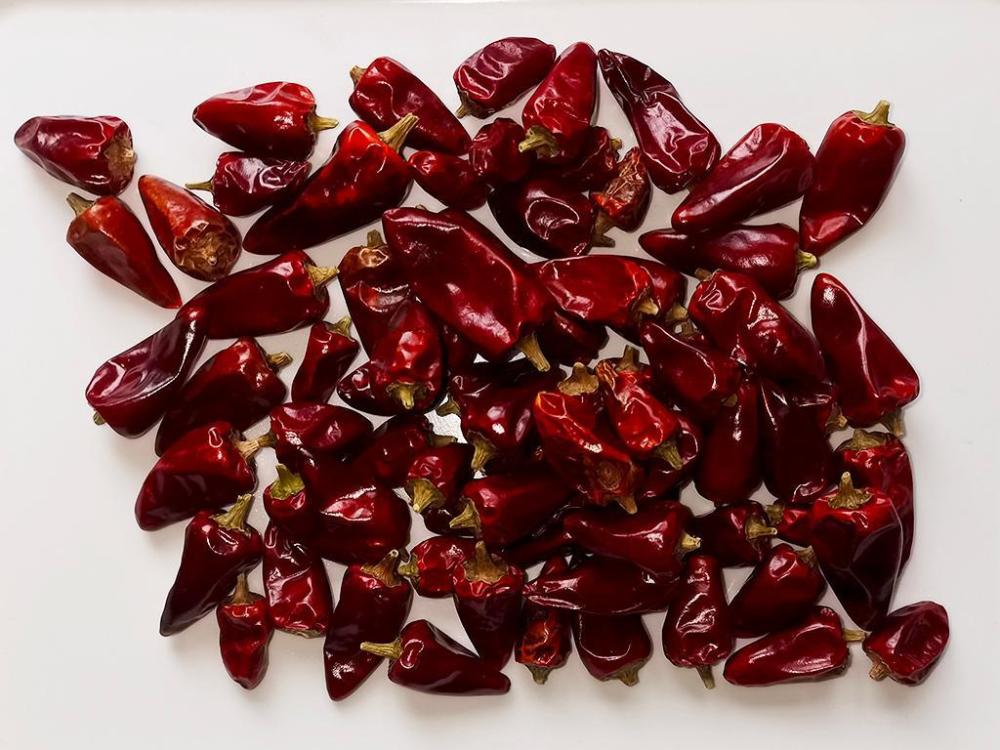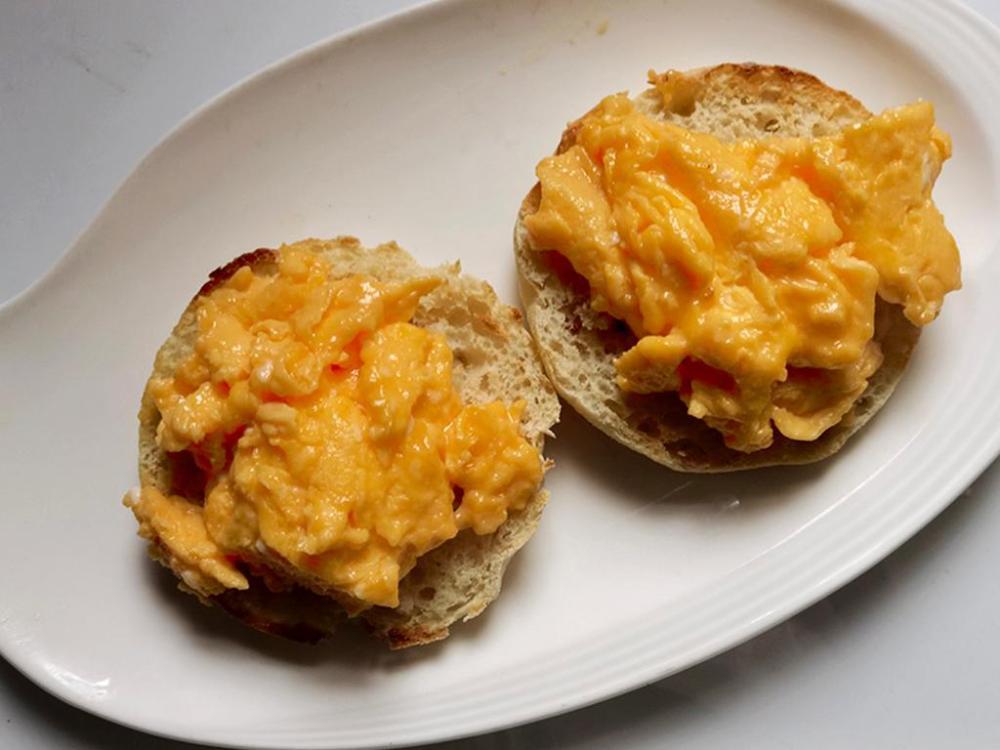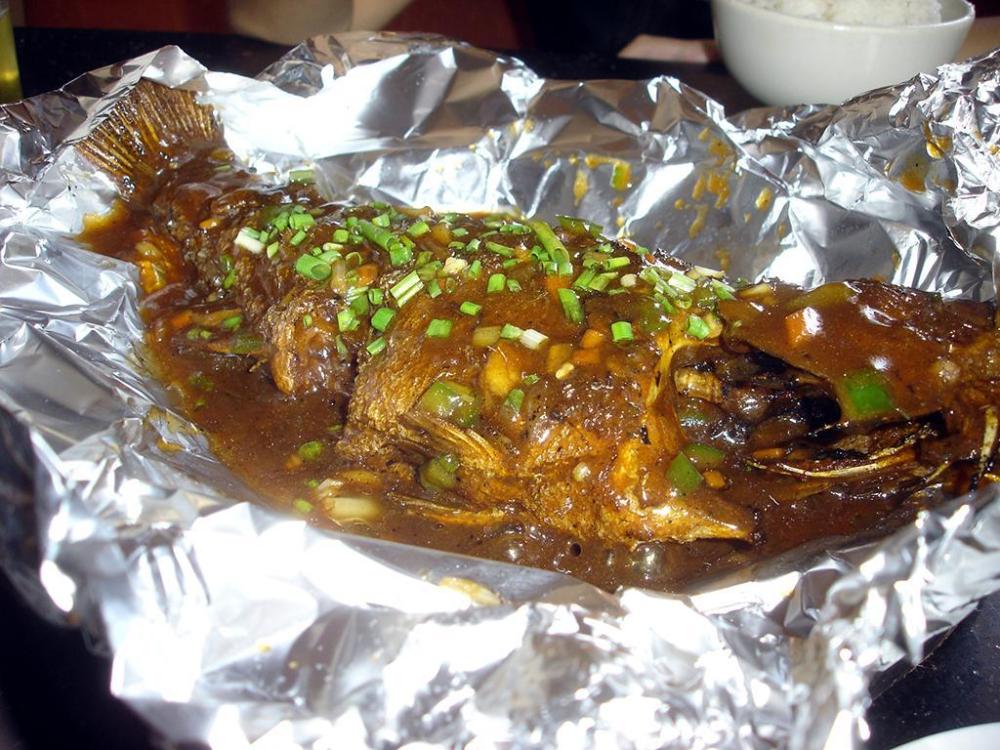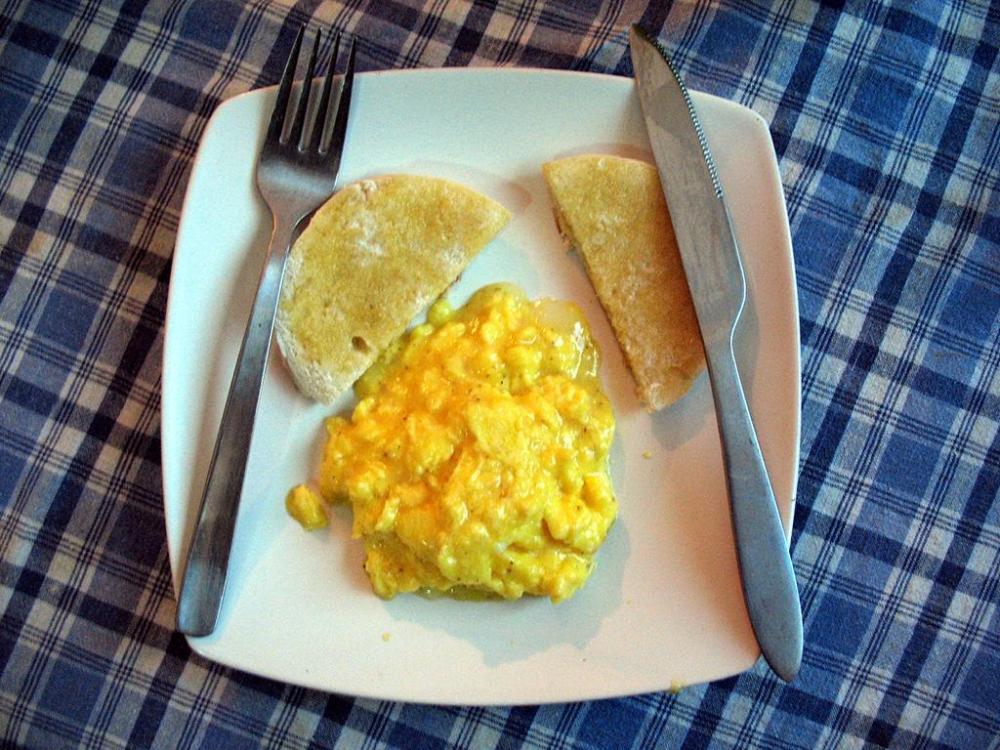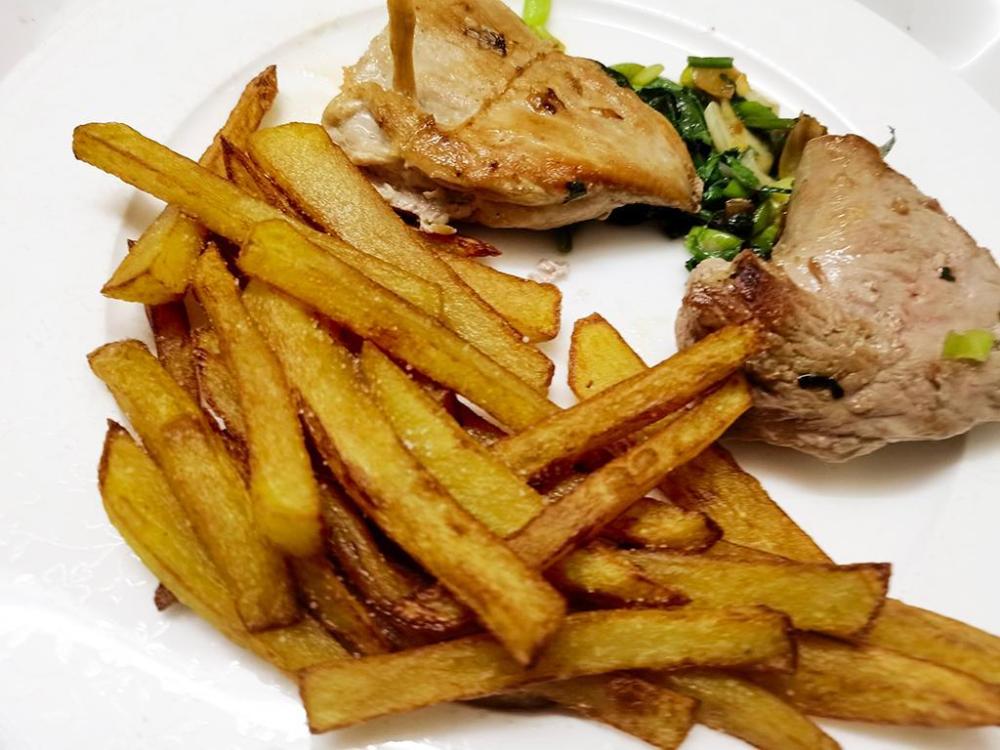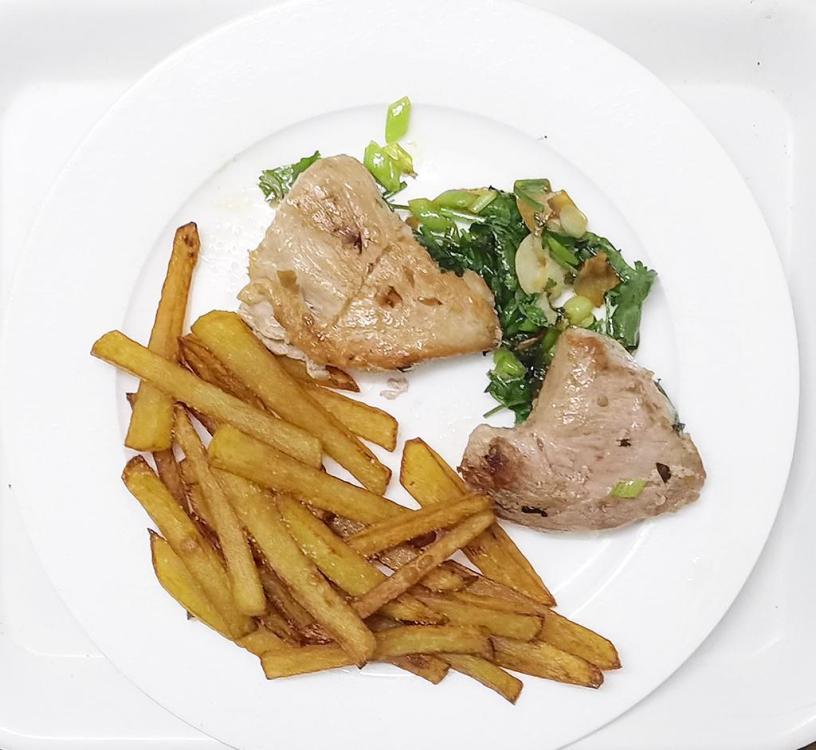-
Posts
16,662 -
Joined
-
Last visited
Content Type
Profiles
Forums
Store
Help Articles
Everything posted by liuzhou
-
Thanks. Yeah, I'd worked out we were talking about two different things. Yours are a freshwater fish and mine is an Atlantic seawater variety. Similar name, but there it ends. @Chris Hennes Thanks for this topic. I don't really know what drew me to it. I've never been to New Orleans and probably never will make it, but it was interesting.
-
I only know red drum, which I eat regularly. But I suspect that is something different. It is farmed locally and is similar to seabass.
-
Me too. Haven't had the combination for many decades, though I did have the grilled cheese just last night. With fermented hop soup.
-
I've most often had them in dumplings (wontons and jiaozi) and in hotpots. They aren't something I go looking for, though. I prefer water chestnuts. They are popular at the mid-autumn festival. Out of season now, though.
-
菱角 (líng jiǎo) Water Caltrop
-
We get both and I am always careful to differentiate. They are NOT just different names; they are different species. https://www.southernliving.com/food/seafood/difference-between-shrimp-prawns
-
I love shucking oysters but did feel intimidated for a long time. It isn't actually that difficult but you do need the right tools. A decent oyster knife, a glove and a steady hand. Then there are three things you can do. 1) Practice 2) Practice 3) Practice Like any other skill. I can think of many things in the kitchen that are much more difficult. Opening the can of tomatoes I used tonight was way more difficult than opening an oyster!
-
Balls Beef and pork meatballs with chilli, coriander seed, shallot, fresh breadcrumbs and egg. Rustic fresh tomato sauce with onion and rosemary. Served with penne rigata because that was what I had. Picture taken prior to adding parmigiano-reggiano and black pepper
-
Certainly not. I have a strong aversion to food designed by "stylists", advertising "consultants" and accountants rather than people who know food. When Pizza Hut actually cook their pizzas in house rather than have them made hundreds of miles away then freeze them to be defrosted and heated up in the local outlets, maybe I'll reconsider.
-
The original dish from Fujian province was basically a soup built in sharks' fin. It was so deliciously aromatic that vegetarian Buddhist monks jumped over the wall of their compound to get at it. Well, that 's the legend anyway. Today, it has all but disappeared due to increased official awareness of the evil of shark fin consumption. The pizza hut dish is just bovine excrement for a dreadful mess of ingredients selected by a committee of committees with no knowledge of basic flavours, culture or basic sanity. Well, keep quiet! They probably missed it out accidentally.
-
-
The former.
-
I have to mention clams. They are extremely common and popular; every supermarket and market has them. My problem is that I’m unsure what precise clams most of them are, so this post might be shorter on information than I would like. There is a difficulty with nomenclature. The dictionary translation of ‘clam’ is 蛤蜊 (gé lí), but round here they are 车螺 (chē luó). That said, each variety is given flowery names on which no two market traders ever agree. The most common are these These are nearly always served in a soup with mustard greens; so much so that the two are often sold prepackaged together. Clam and mustard greens soup Prepackaged clams with mustard greens Many people are unaware that they can be cooked differently. Some years ago, I served some friends these clams in a fermented black bean sauce and they were both amazed and delighted. They still talk about it and a couple of them cook it. Fermented black bean clams Some other clams we get include White clams and dishes such as Clams and sea snails in oyster sauce Shrimp with razor clam meat We also get dried clams which are mainly used as unami enhancers in many dishes. I've also seen canned smoked clams. Dried clams
-
Beef marinated with garlic, ginger, Guizhou bullet head chillies, fresh green Sichuan peppercorns, potato starch and Shaoxing wine then stir fried with okra. Finished with a little soy sauce and coriander leaf.
-
I decided to check further into the confusion about Guizhou Bullet Head and Facing Heaven Peppers and have concluded they sure ain't the same cultivar. Here are specimens of each as sold dried in the supermarket now.
-
Sad to hear this. Always a great contributer.
-
The plating doesn't impress me much. Looks like they threw it onto the plates from a great height, too.
-
These little beauties turned up in the supermarket this mornng. First time I've seen them here. They are dried 贵州子弹头 (guì zhōu zǐ dàn tóu) - Bullet Head Chillies from Guizhou Province. The interwebs seem to confuse them with Facing Heaven cillies, but although the heat level is similar, the shape is very different. That said they could happily be used in Sichuan recipies. Mid to hot in heat and carry a fruity profile.
-
-
Fish is traditional for Chinese New Year, so I repurposed it . I get to have two New Years a year. Paper bag fish. Tilapia cooked in a foil wrap. In local restaurant.
- 869 replies
-
- 11
-

-

-
-



